If the site of gardening is indoors of your home, it is called indoor gardening. An indoor garden may be located anywhere inside your living apartments or on a roof, in an atrium, on a balcony, in a window box, or on a patio or vivarium. Indoor gardens are sometimes incorporated as a part of air conditioning or heating systems because indoor plants reduce the effects of pollution and heat induced by the air conditioning or heating systems. Indoor plants reduce indoor air pollution, particularly the presence of pollutants or volatile organic compounds (VOC) such as benzene, toluene, and xylene by removing them from the indoor environment. In fact these toxic compounds are removed by soil microorganisms present in the potted mixture of the plants. Indoor plants also reduce airborne microbes and remove indoor CO (Carbon Mono-Oxide) and, sometimes, CO2 (Carbon Di-Oxide).
Indoor Plants for Improving Indoor Air Quality: Some of the indoor plants that are highly effective in reducing indoor air pollution are, Spathiphyllum ‘Petite’ (Peace Lily); Dracaena ‘Janet Craig’, D. marginata; Howea forsteriana (Kentia palm); Epipremnum aureum (Pothos, Devil’s Ivy) and Schefflera ‘Amate’ (Dwarf Queensland Umbrella Tree).
Terrace Gardening
Terrace gardening is an indoor gardening practice recommended for houses with limited ground or no ground at all as in case of multi-storey apartments. Terrace gardening is also called roof gardening because plants are grown on roofs of the houses. In terrace gardening, plants are normally grown in pots and other containers.
Container Gardening
The practice of growing plants in pots and containers to raise a garden is known as container gardening. Container gardening is most suitable for urban homes, a majority of whom live in apartments. Most commonly used containers are cement pots, earthen pots and pans, wooden barrels, boxes and crates, plastic jars, cans and buckets, tin boxes and drums. While selecting containers, following factors should be considered.
- Adequate drainage: Containers should have at least one hole of an adequate size at the bottom as in earthen pots, to drain out excess water
- Containers can easily be placed on the terrace, window sills, window boxes, balcony and verandah where sunlight is available for the plants
- Containers can hold sufficient volume of media
- Containers should be lightweight and easy to handle
- Containers should be durable and free of toxic substances
- Containers should prevent root circling
We regularly publish informative videos on various “Food, Agriculture, Gardening and Horticulture” topics. You may view these videos here…
You may also check out our Digital Publishing Services for Food, Agriculture, Gardening and Horticulture Sector by visiting this link


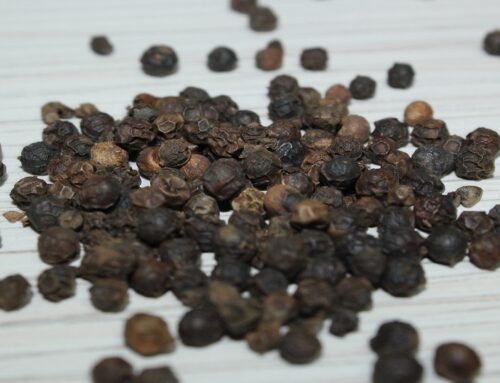
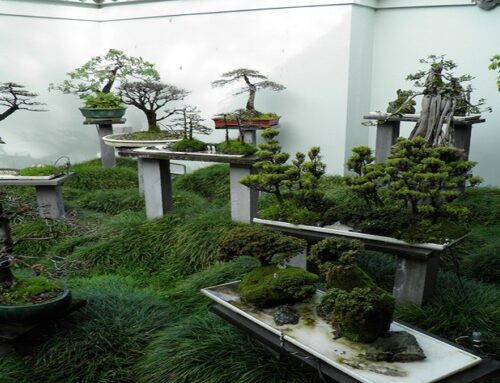
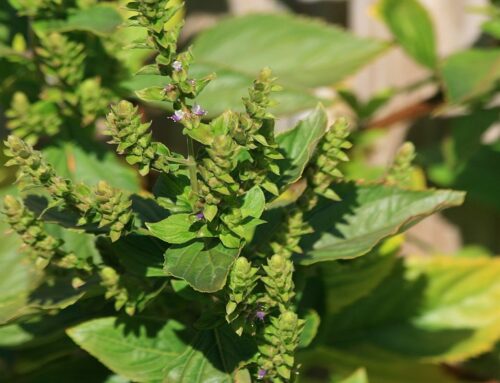
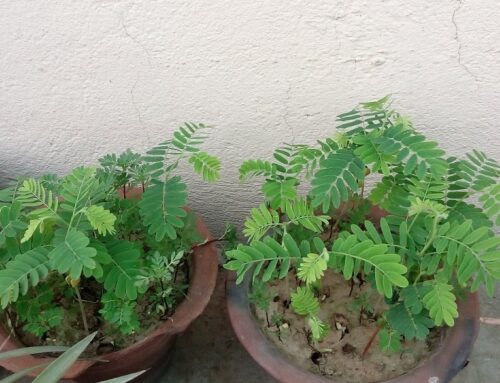
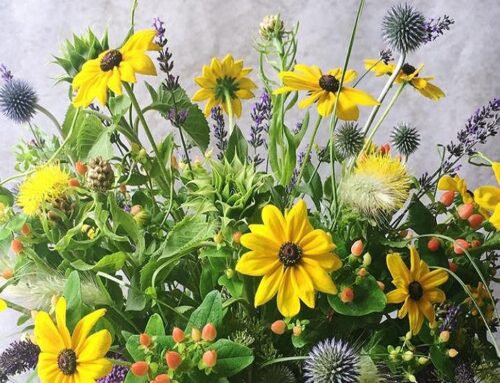
Leave A Comment
You must be logged in to post a comment.